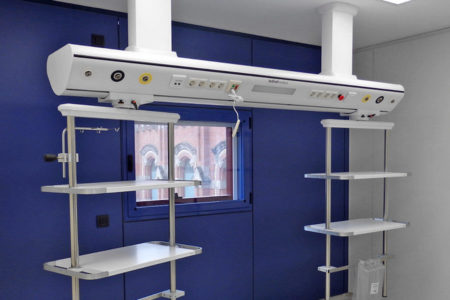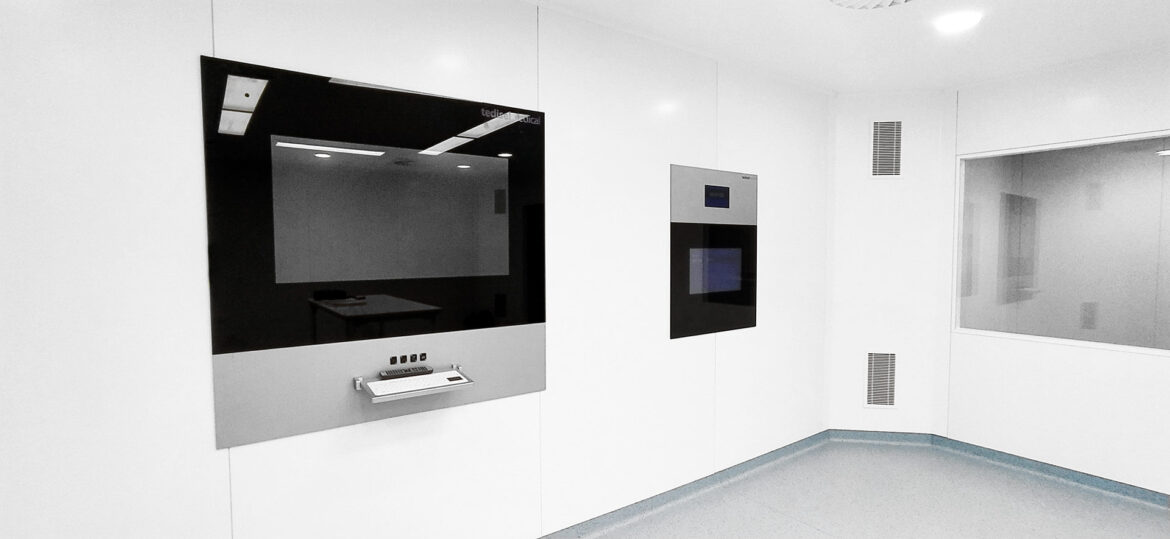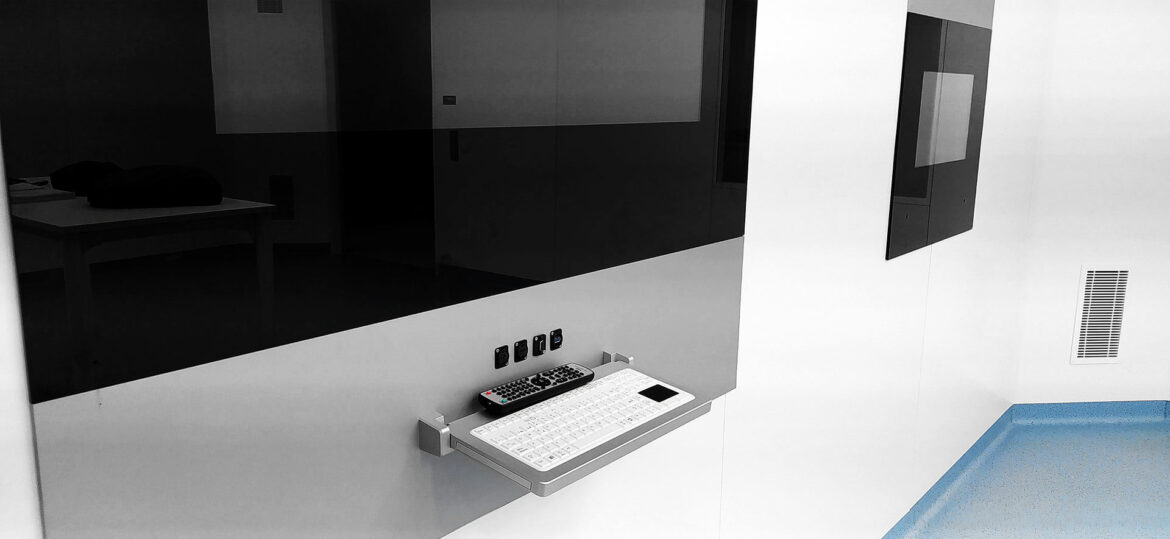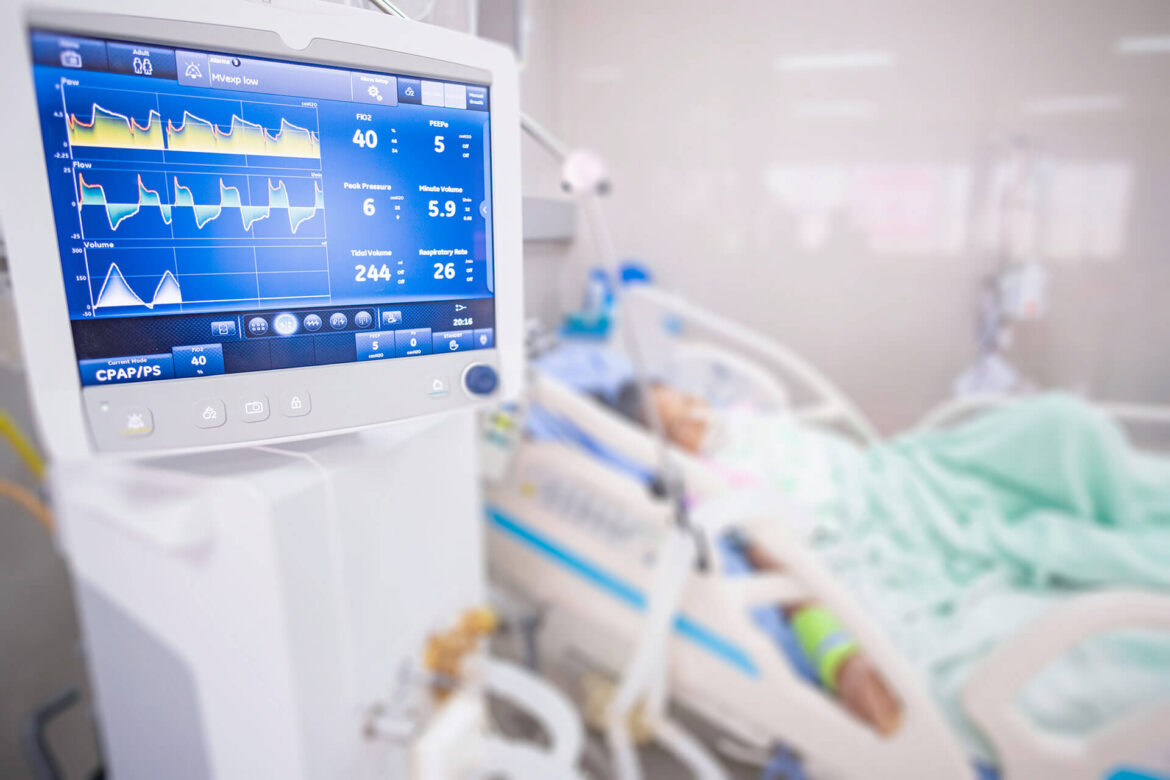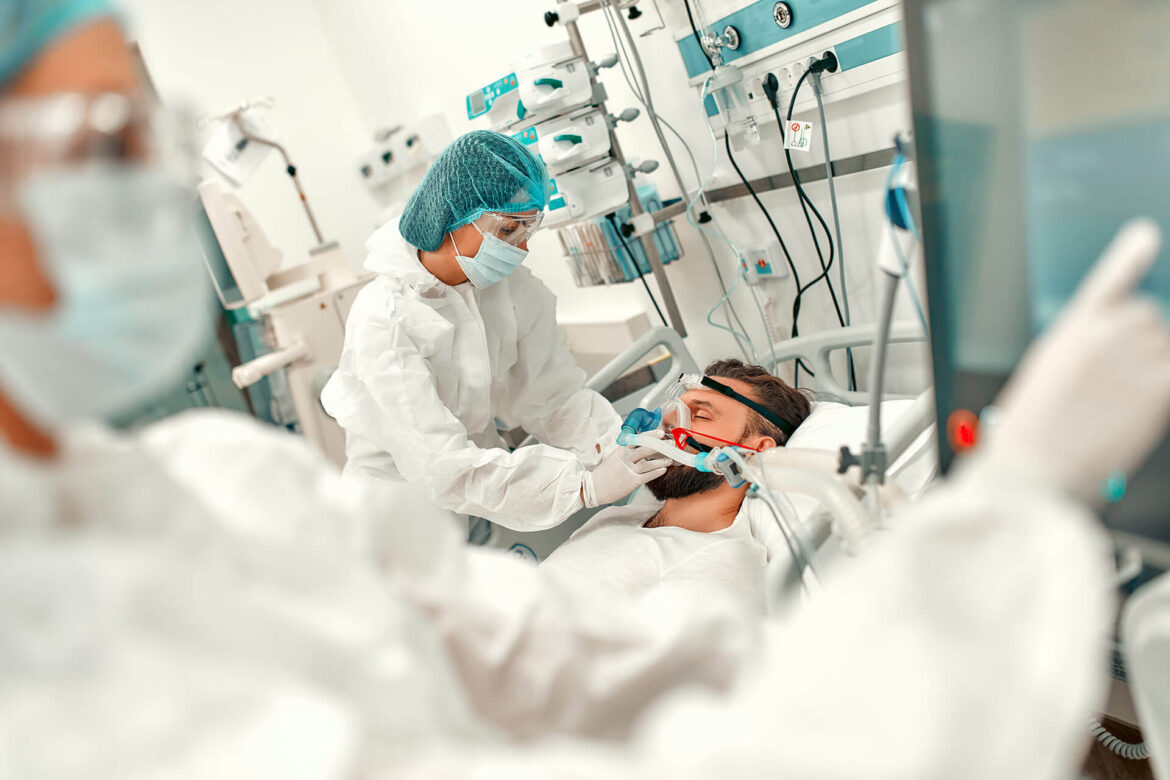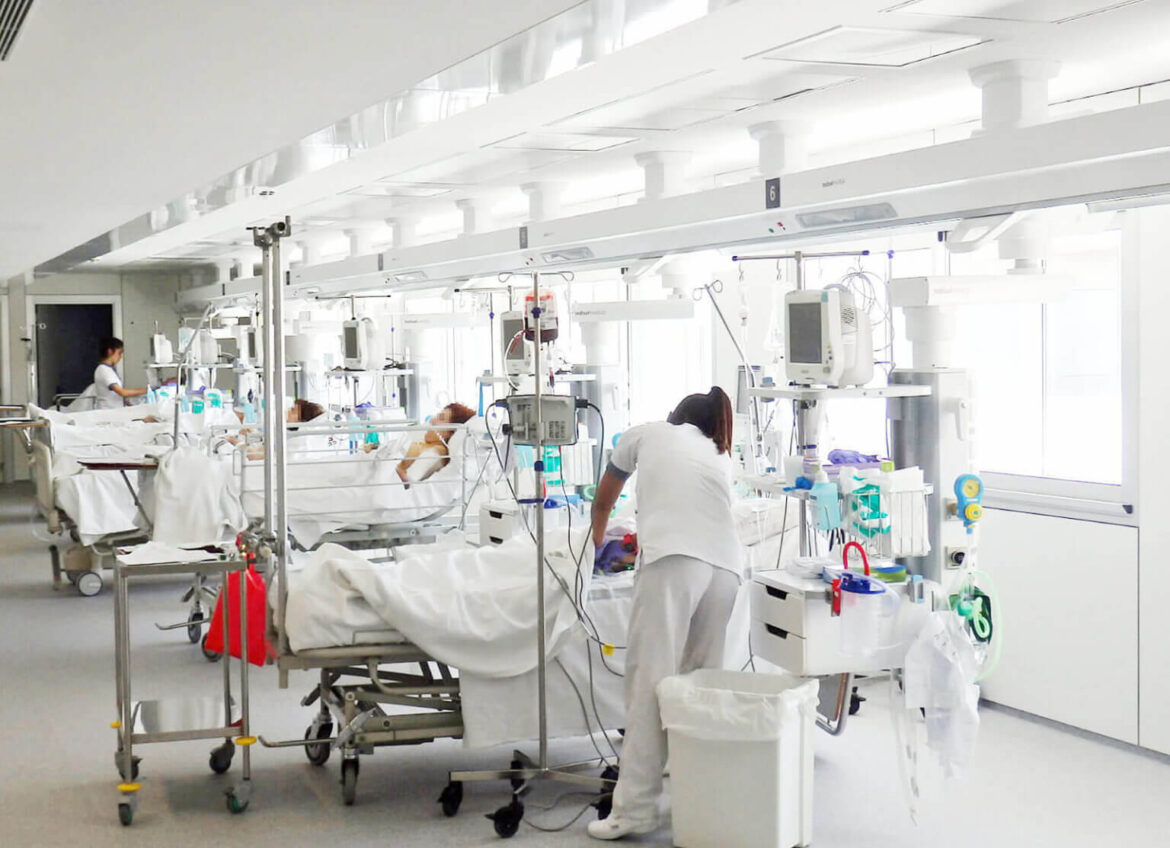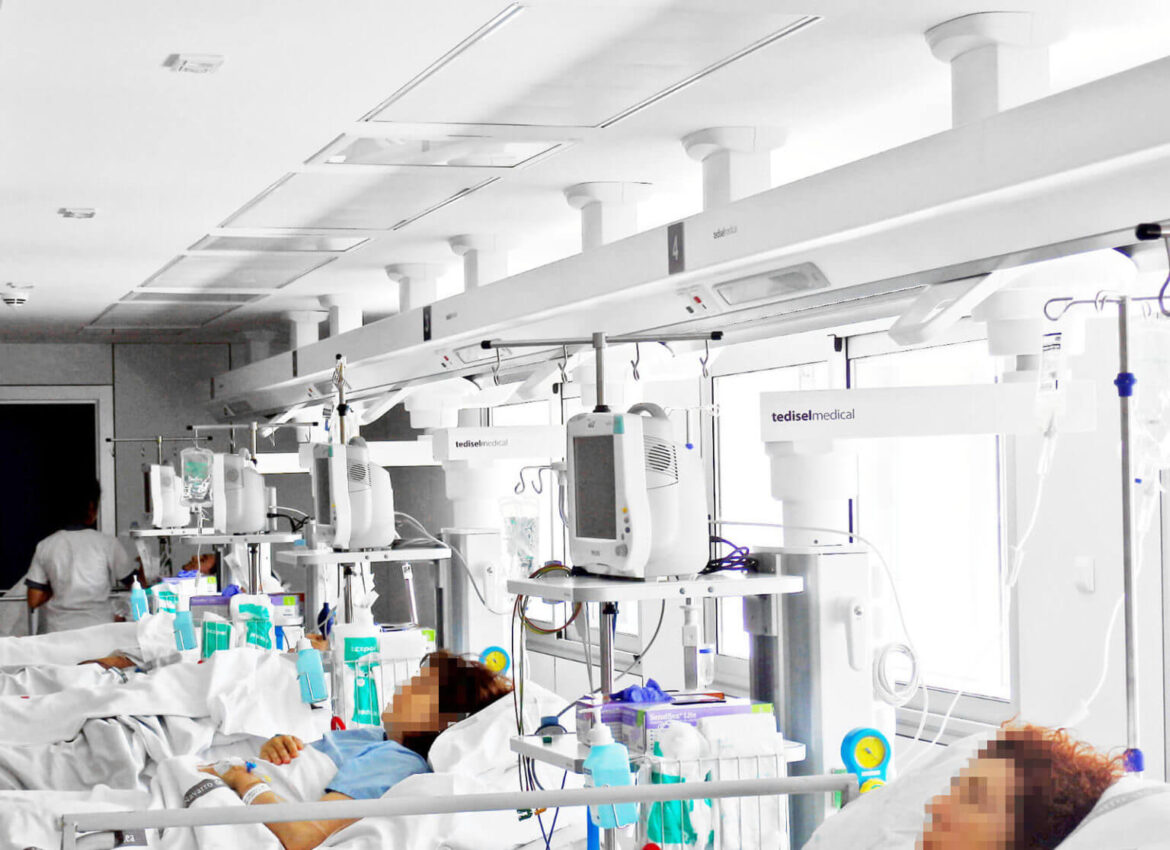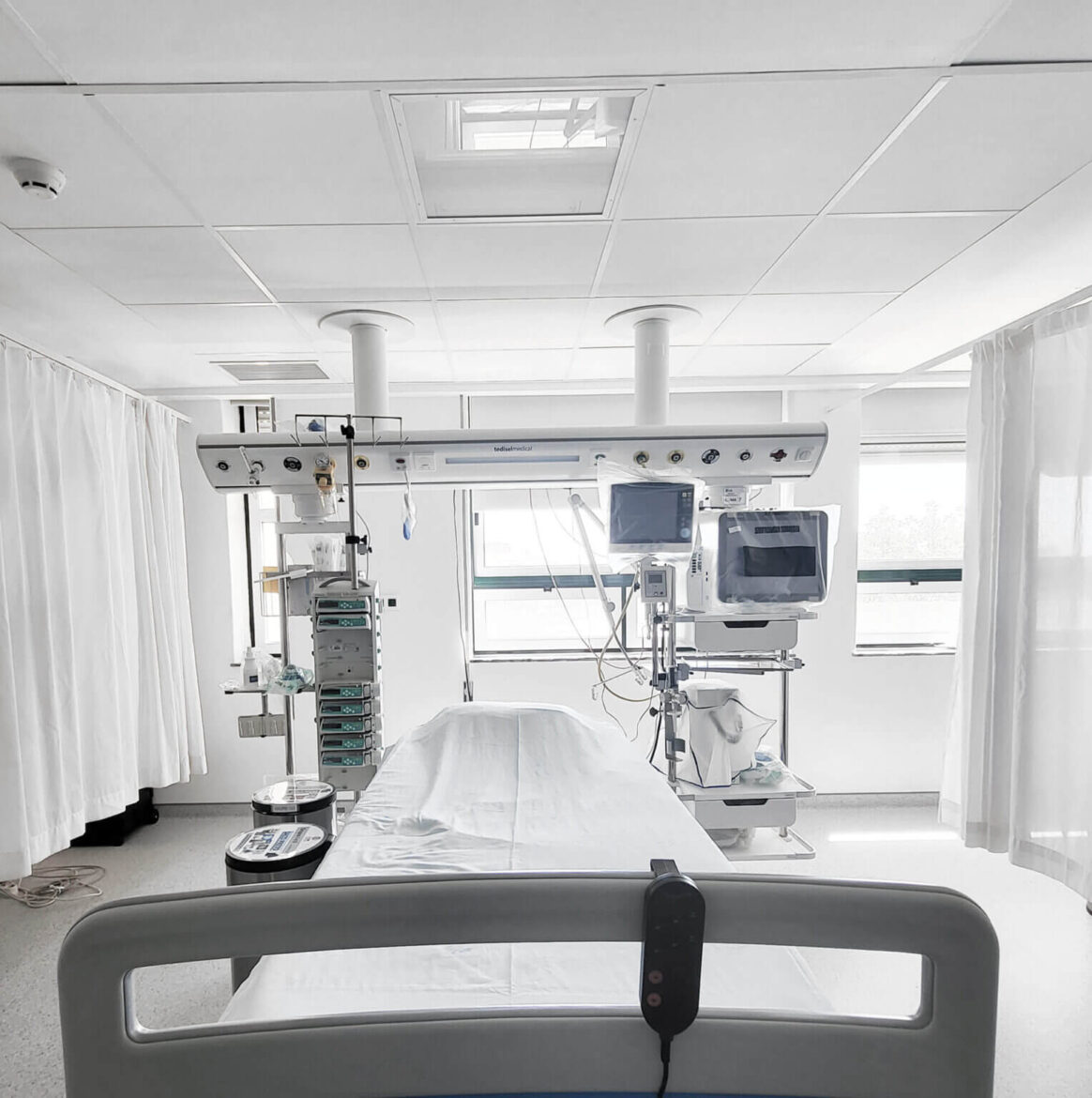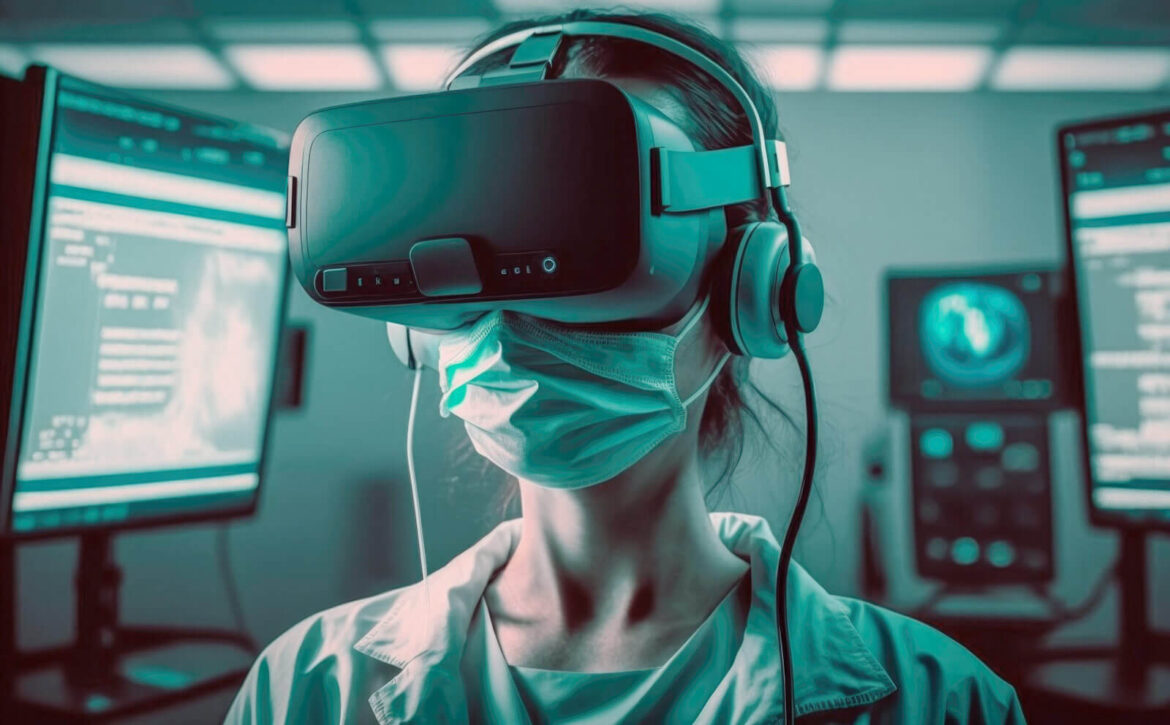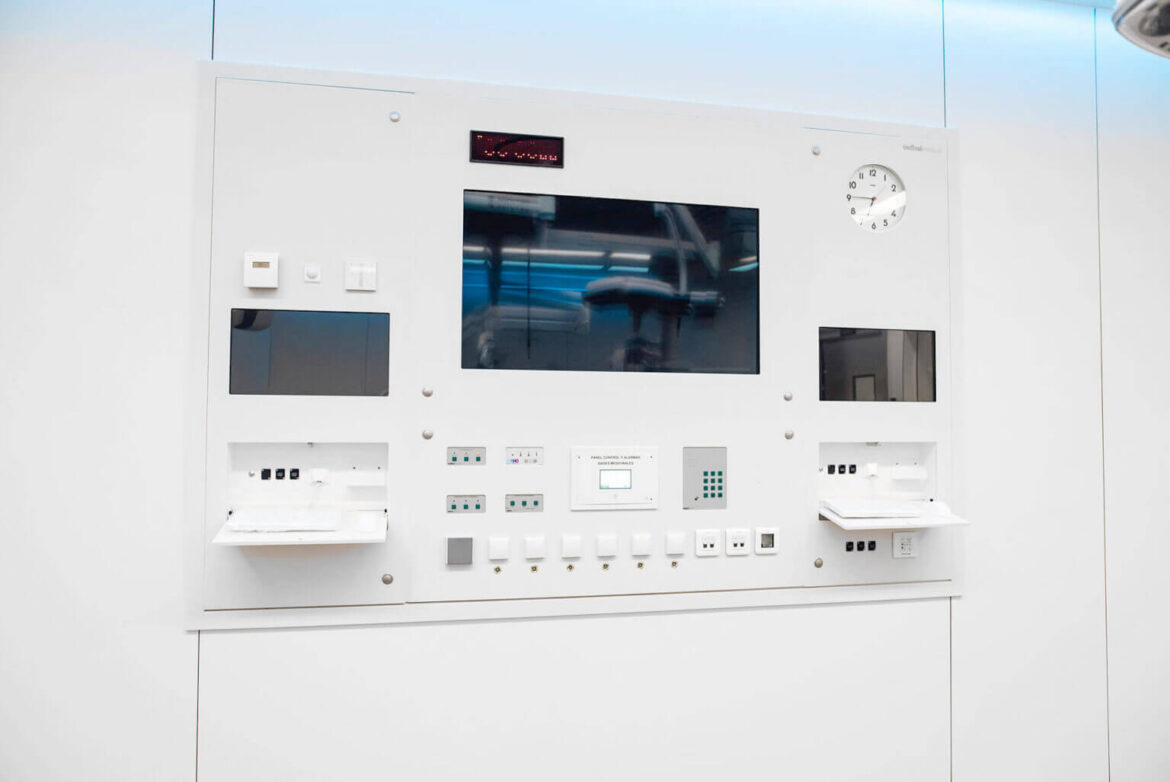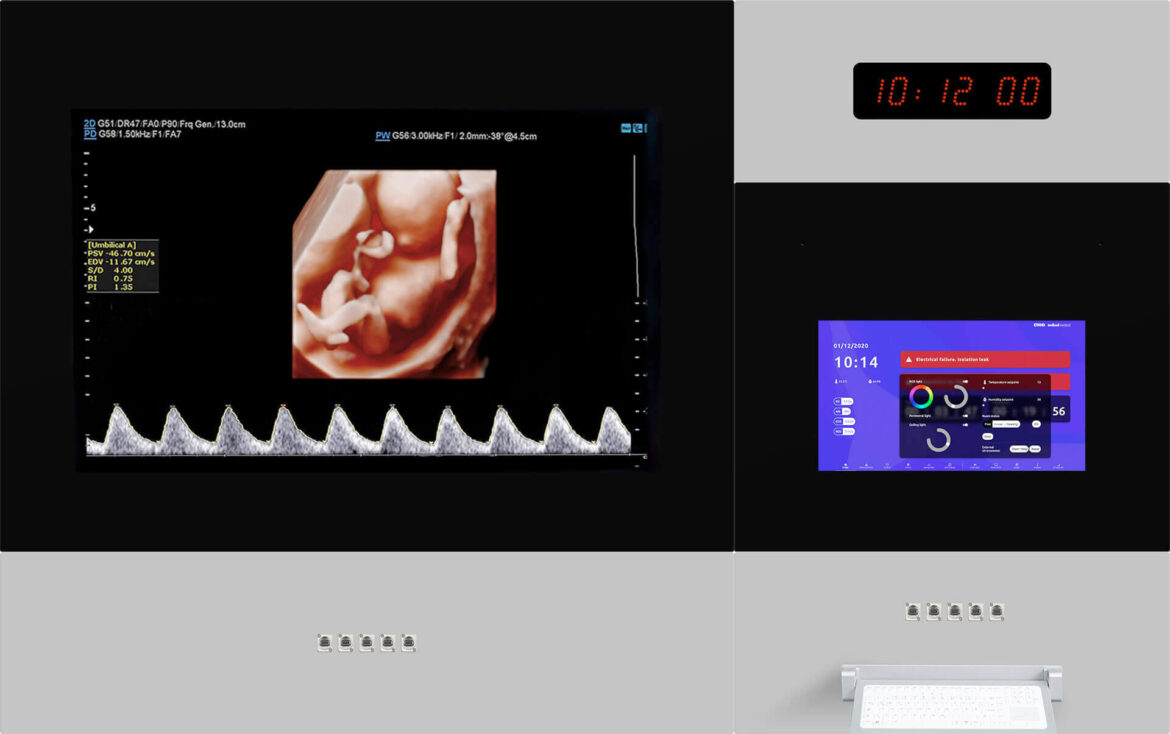Technical panels: advanced control for integrated operating rooms
Technical Panels have revolutionized the way an integrated operating room is controlled and managed.
This powerful hospital equipment provides an intuitive and centralized interface to control surgical equipment and systems. With this, we achieve a more efficient and precise workflow.
From lighting and display configuration to medical device control, technical panels offer advanced yet simple management, optimizing the surgical experience at every level.
At Tedisel Medical, we want you to discover how this cutting-edge technology is transforming operating rooms to a new level of excellence and safety.
What are technical panels?
Technical panels are control and monitoring systems used to supervise and manage a variety of technical and operational aspects in the hospital environment, such as integrated operating rooms. These dashboards are designed to provide real-time information and help medical and management teams make informed decisions.
The ability to make precise adjustments and settings quickly ensures that surgical procedures proceed efficiently and without interruption, resulting in the highest quality medical care. Technical panels represent a fundamental advancement in modern healthcare, fusing cutting-edge technology with a focus on continuous improvement of safety and efficiency in hospitals.
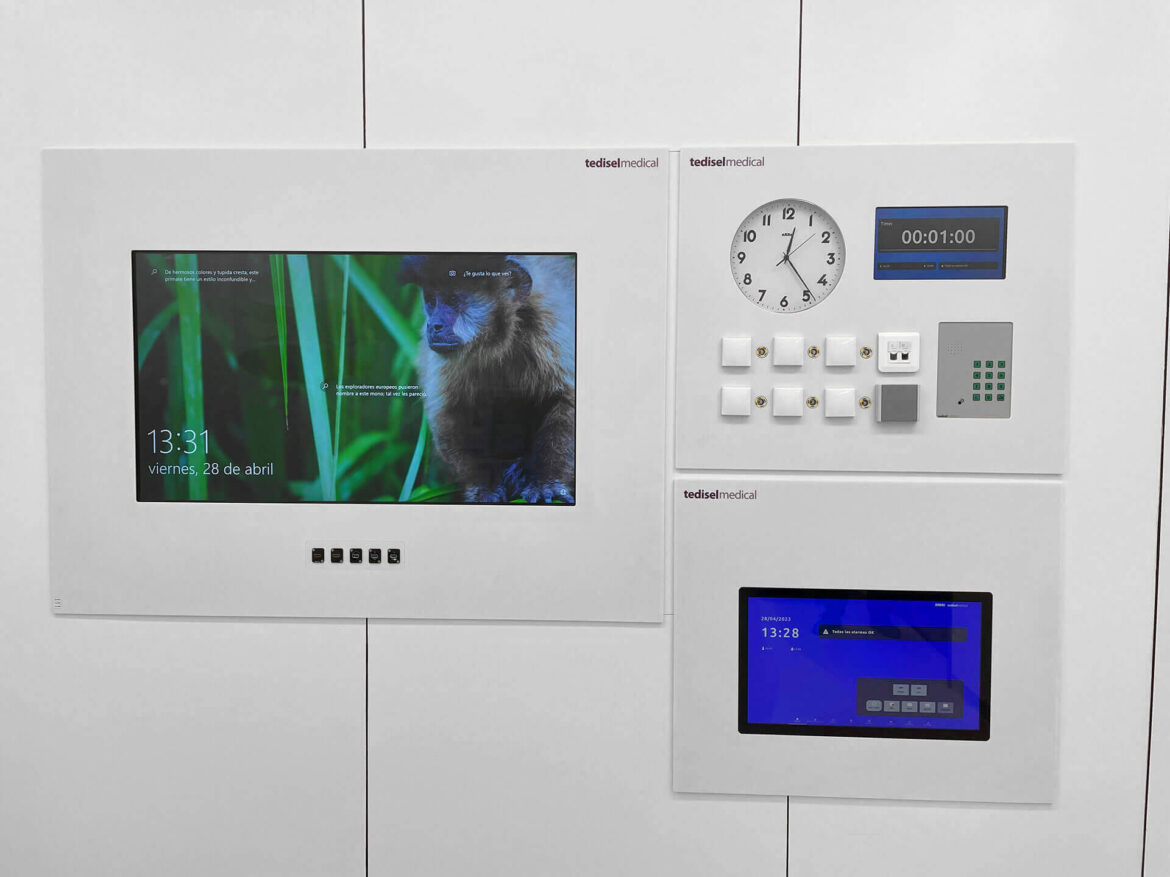
Q PANEL – Hospital Mora de Ebro (SPAIN)
Advanced functionalities and capabilities of technical panels
The main function of technical panels in integrated operating rooms is patient monitoring. These devices can display patients’ vital information such as heart rate, blood pressure, temperature, and oxygen saturation.
These panels are highly specialized and are used to ensure a safe and efficient surgical environment. Let’s see what its other typical characteristics are:
- Control and monitor critical medical equipment, such as anesthesia machines, respirators, surgical lights, and vital signs monitors.
- They are designed to integrate with other hospital systems, such as the patient information system (SIP), to access relevant medical information and patient records during surgery.
- Management of medical images, such as x-rays, computed tomography (CT) or magnetic resonance (MR) images, in real time.
- Lighting and temperature control
- Recording and documentation of procedures, allowing the capture of images and video of the operation for recording and medical training purposes.
- Access to patient information, such as your electronic medical record.
- They can include alarms and security systems to alert about critical situations.
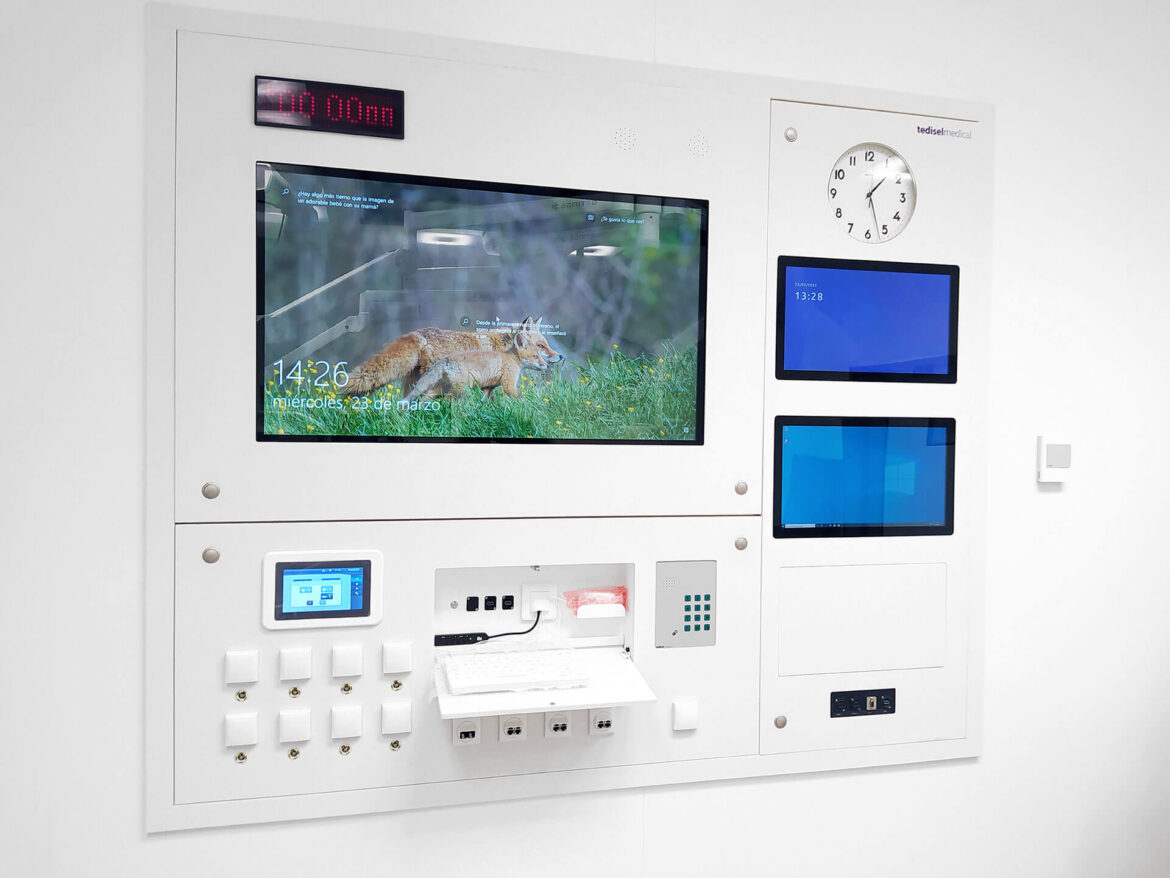
Q PANEL – Hospital Txagorritxu (SPAIN)
Tedisel technical panels: Q Panel and Diamond
At Tedisel Medical, within our medical equipment for critical areas, we have the best range of technical panels: Q Panel and Diamond.
Q Panel
Q Panel is our reference in operating rooms, known for its Corian® surface and its adaptability in terms of size and components. This model can integrate different touch or display screens, electrical components, clocks and many other elements.
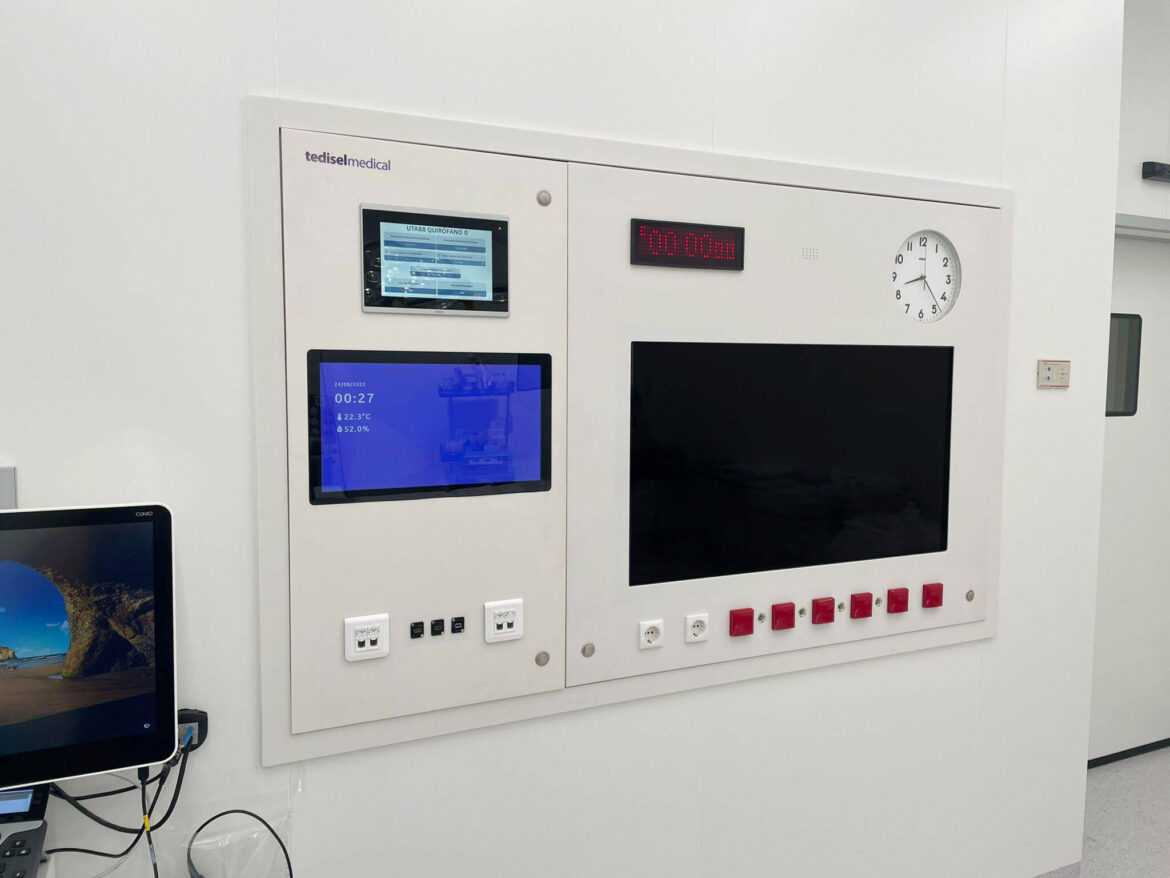
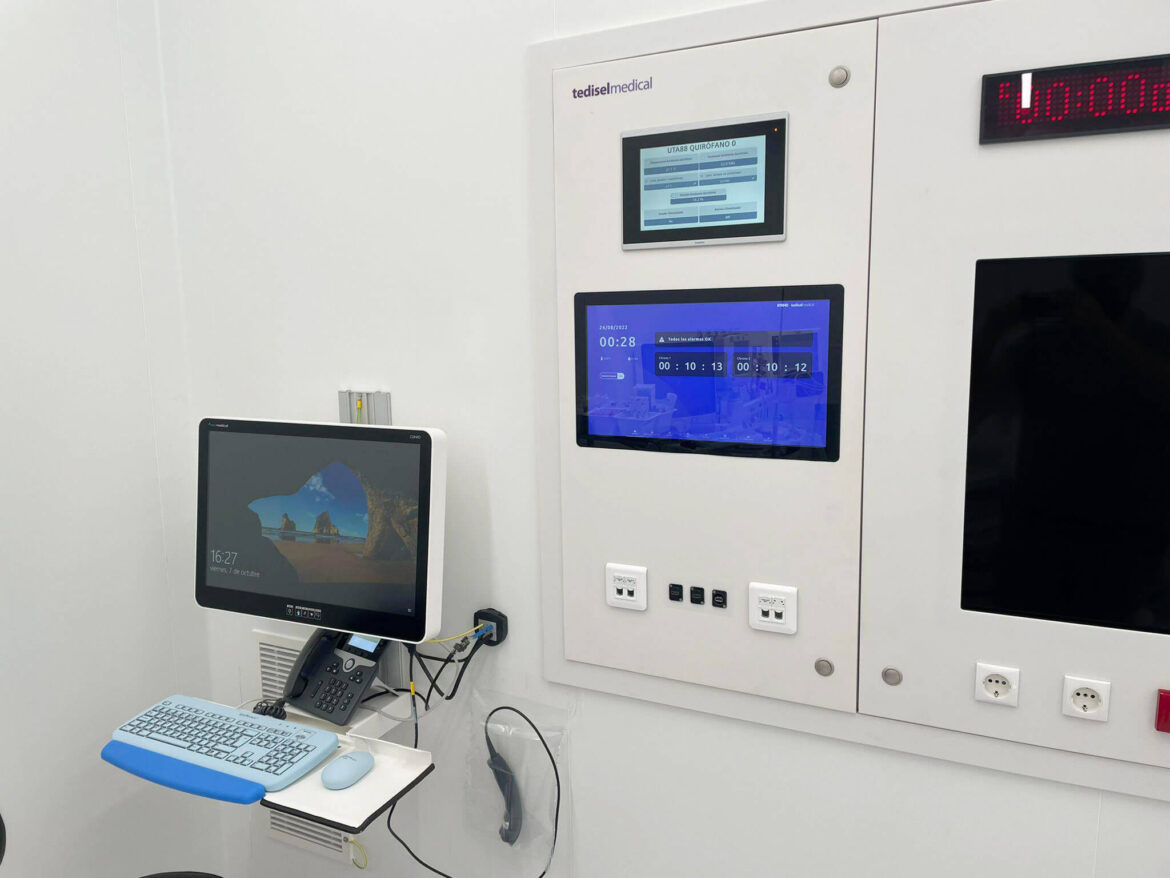
Q PANEL – Hospital Rey Juan Carlos (SPAIN)
DIAMOND
Diamond is our latest glass panel model, designed to centralize all the visual elements necessary in an operating room or critical area. It supports PACS, nursing station and software control.
Benefits of having the best technical panels
Overall, integrated operating room technical panels contribute to safer and more efficient healthcare, reducing risks, improving accuracy and efficiency, and streamlining surgical procedures.
At the same time, it optimizes resources and workflows through task scheduling and automation, enabling quick and precise adjustments and configurations for optimal lighting and display.
What does all this mean? In greater control of medical equipment, in fewer human errors, and finally in greater comfort and ease of communication for medical staff in the operating room.
In this sense, its benefits can already be seen in the latest installation project of our QPanels that we have carried out at the Mora de Ebro Hospital. With a display screen, a secondary screen and Hermes software, this advanced visualization solution already is transforming the way data is managed in the hospital.
In summary, opting to incorporate state-of-the-art technical panels into hospitals and operating rooms implies greater patient safety and quality of medical care. The benefits of this innovation are countless, ranging from the ability to precisely and centrally control equipment in surgical systems to significantly increasing efficiency and comfort for both medical staff and patients.


